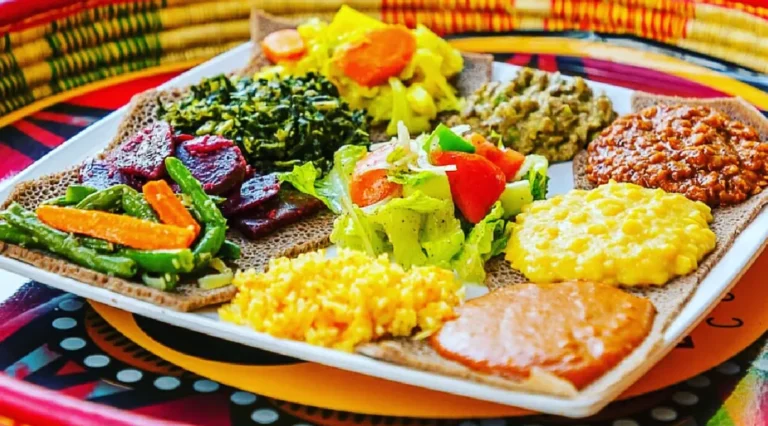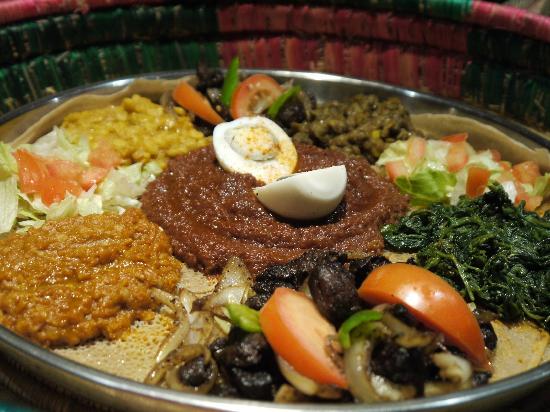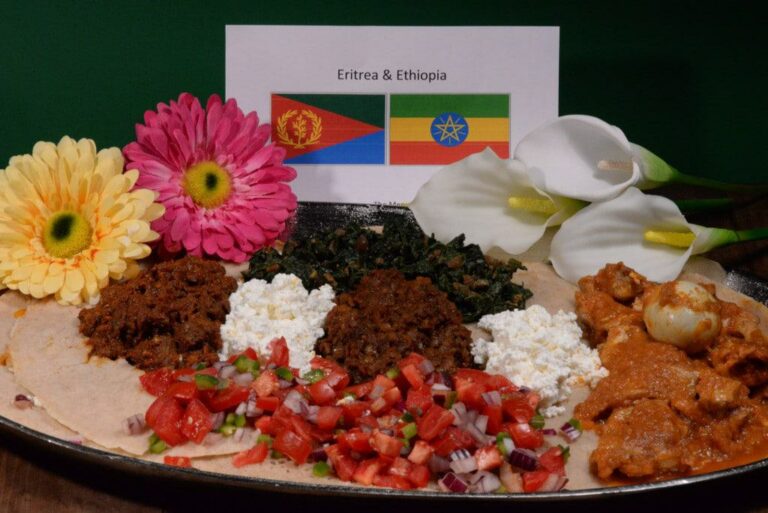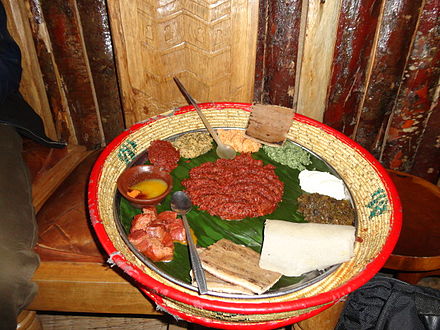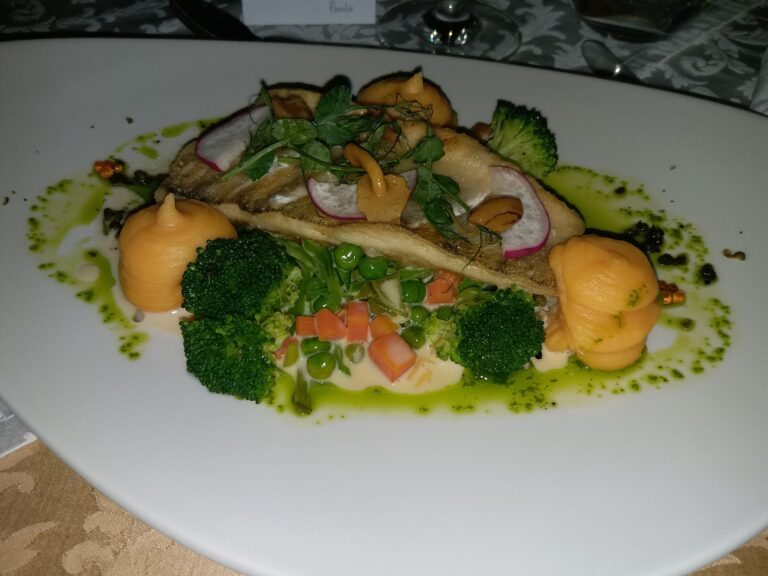Introduction: Exploring Street Food Culture in Eritrea
Street food is an integral part of Eritrea’s culinary culture. It is an affordable and convenient option for locals and tourists alike who are looking for a quick bite to eat. Eritrean street food is known for its bold flavors, fragrant spices, and unique dishes that reflect the country’s cultural diversity. From savory pancakes to grilled meats and vegetables, Eritrean street food markets offer a wide range of delicious treats that are worth exploring.
Asmara’s Street Food Scene: A Brief Overview
Asmara, the capital city of Eritrea, is home to some of the best street food markets in the country. The city is known for its vibrant food scene and bustling markets that offer a variety of local delicacies. Some of the most popular street food items in Asmara include Zighini (spicy meat stew), Injera (sourdough flatbread), and Ful (mashed fava beans). Visitors can also find a variety of fresh fruits, juices, and sweets on the streets of Asmara.
The Best Street Food Markets in Asmara
One of the best street food markets in Asmara is the Mercato, which is located in the heart of the city. The market offers a wide range of street food vendors selling everything from traditional Eritrean dishes to international cuisine. Another popular market is the Shuq, which is known for its grilled meat and vegetable skewers. Visitors can also find a variety of seafood dishes, including grilled octopus and calamari.
Keren’s Street Food Markets: A Hidden Gem
Keren, a city located in the northern part of Eritrea, is a hidden gem when it comes to street food markets. The city is known for its vibrant culture, and its street food markets offer a variety of local delicacies. One of the most popular street food items in Keren is Kitcha Fitfit, a dish made from shredded flatbread mixed with tomato sauce, onions, and spices. Visitors can also find a variety of grilled meat and vegetable skewers, as well as sweets like Baklava.
Tigray’s Street Food Markets: A Must-Visit
Tigray, a region in the northern part of Eritrea, is home to some of the country’s most unique street food markets. The region is known for its spicy cuisine and dishes made with teff, a local grain. One of the most popular street food items in Tigray is Tihlo, a dish made from teff dough balls served with a spicy dipping sauce. Visitors can also find a variety of grilled meats, including lamb and goat.
Beyond Asmara: Other Cities with Great Street Food
While Asmara, Keren, and Tigray are known for their street food markets, other cities in Eritrea also offer a variety of delicious treats. Massawa, a port city located on the Red Sea, is known for its seafood dishes, including grilled fish and shrimp. Adi Keyh, a town located in the southern part of Eritrea, is known for its traditional coffee ceremony and sweet pastries.
Tips for Visiting Eritrea’s Street Food Markets
Visitors to Eritrea’s street food markets should take precautions to ensure that the food they consume is safe and hygienic. It is recommended that visitors choose food vendors that have a high turnover of customers and that prepare their food in front of them. It is also important to only consume food that has been cooked thoroughly and to avoid raw or undercooked meat.
Conclusion: Discovering Eritrea’s Street Food Delights
Eritrea’s street food markets offer a unique culinary experience that reflects the country’s cultural diversity. From savory stews to sweet pastries, visitors can find a wide range of delicious treats on the streets of Eritrea. Whether you are in Asmara, Keren, Tigray, or beyond, exploring Eritrea’s street food markets is a must for any foodie looking for an authentic culinary experience.

